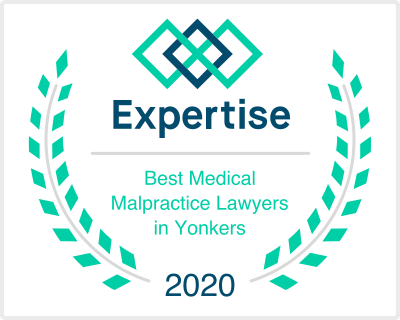What is ‘lien stripping’ and how can it help?
Many people living on Long Island, in Brooklyn or in other parts of New York City and the surrounding areas may have a second or third mortgage on their homes.
New Yorkers take out these mortgages for a number of reasons. Sometimes, they are part of a plan to consolidate other debts into one loan with a lower interest rate.
In other cases, a family might need the second mortgage in order to pay for major but necessary improvements to a home.
There is nothing wrong with taking out these mortgages, and they may even save a family money in the long run.
However, if a family falls into financial hardship, they may have to be put on the backburner for repayment. Unfortunately, like any other mortgage, a lender may elect to foreclose.
Lien stripping can help a family with negative equity in their home
Lien stripping, which generally is available in Chapter 13 bankruptcy, is the common name for a process through which a family can convert a secured second or third mortgage, which can be foreclosed on, into an unsecured debt, like a credit card.
Lien stripping offers several advantages to a debtor. For one, it prevents the bank holding a second mortgage from foreclosing.
Moreover, since the debt will be treated as unsecured, the debtor may be able to discharge it at the end of a Chapter 13 repayment plan even if the debtor only pays pennies on the dollar.
Generally speaking, lien stripping is available when a family is upside down on their home. In other words, a New York family may want to explore lien stripping if they owe $1 million on a home that is worth $800,000.
Whether lien stripping is a viable option depends on a debtor’s individual situation. He or she therefore should speak with an experienced bankruptcy attorney about it.

